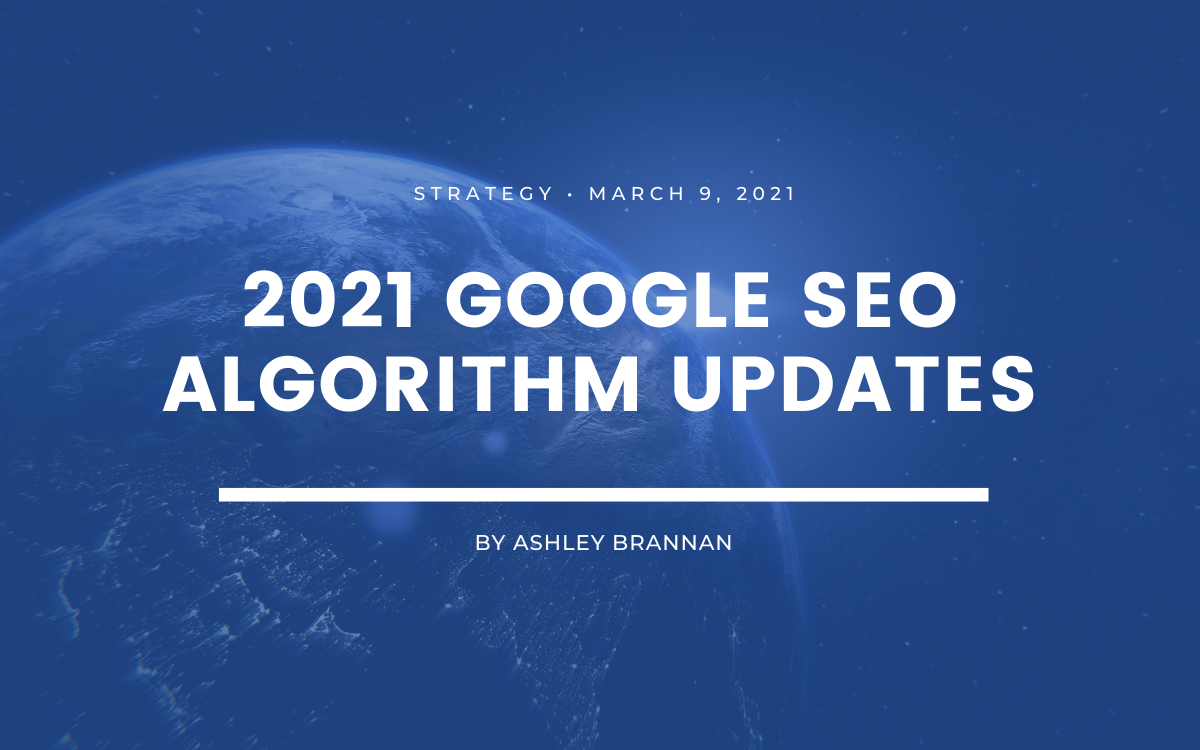2021 Google SEO Algorithm Updates
2 min to read ✭ In this post you’ll learn about how Google’s algorithm updates will affect your SEO performance, as well as steps you can take to prepare for it.
About The Google Algorithm Update
In May 2021, Google will deploy its new BERT algorithm update that will affect a website’s SEO ranking performance. The new update will focus heavily on Core Web Vitals and landing page experience to determine organic rankings.
Core Web Vital Metrics
The Core Web Vitals are broken into three metrics related to the website’s experience and performance.
Largest Contentful Paint
The Largest Contentful Paint (LCP) metric focuses on the website’s load speed performance. It’s recommended that websites have load speeds of under 2.5 seconds to be considered a “good” ranking, and a load speed above 4 seconds is considered to need improvement and will negatively affect the organic ranking of the site.
First Input Display
The First Input Display (FID) metric evaluates the time in-between the user’s first interaction with the website and the time that the browser’s reaction time to register that interaction. Google rates an FID under 100 milliseconds as good, and any FID above 300 milliseconds as poor.
Cumulative Layout Shift
The Cumulative Layout Shift (CLS) metric measures visual stability by monitoring any movement of page content. When a website loads, sometimes the elements on the page may shift due to an error in the loading process. The CLS metric measures the percentage of loads that the shifts occur in. A good CLS score is less than .1 and a poor CLS score is .25 or higher.
How The Core Web Vitals Will Affect SEO
The use of the new CWV metrics to rank organic traffic will emphasize the importance of technical website optimizations in addition to content-related changes. Though valuable and meaningful content will still be an important factor in a website’s organic rankings, high-quality content will not result in high rankings without the pairing of a good landing page experience.





